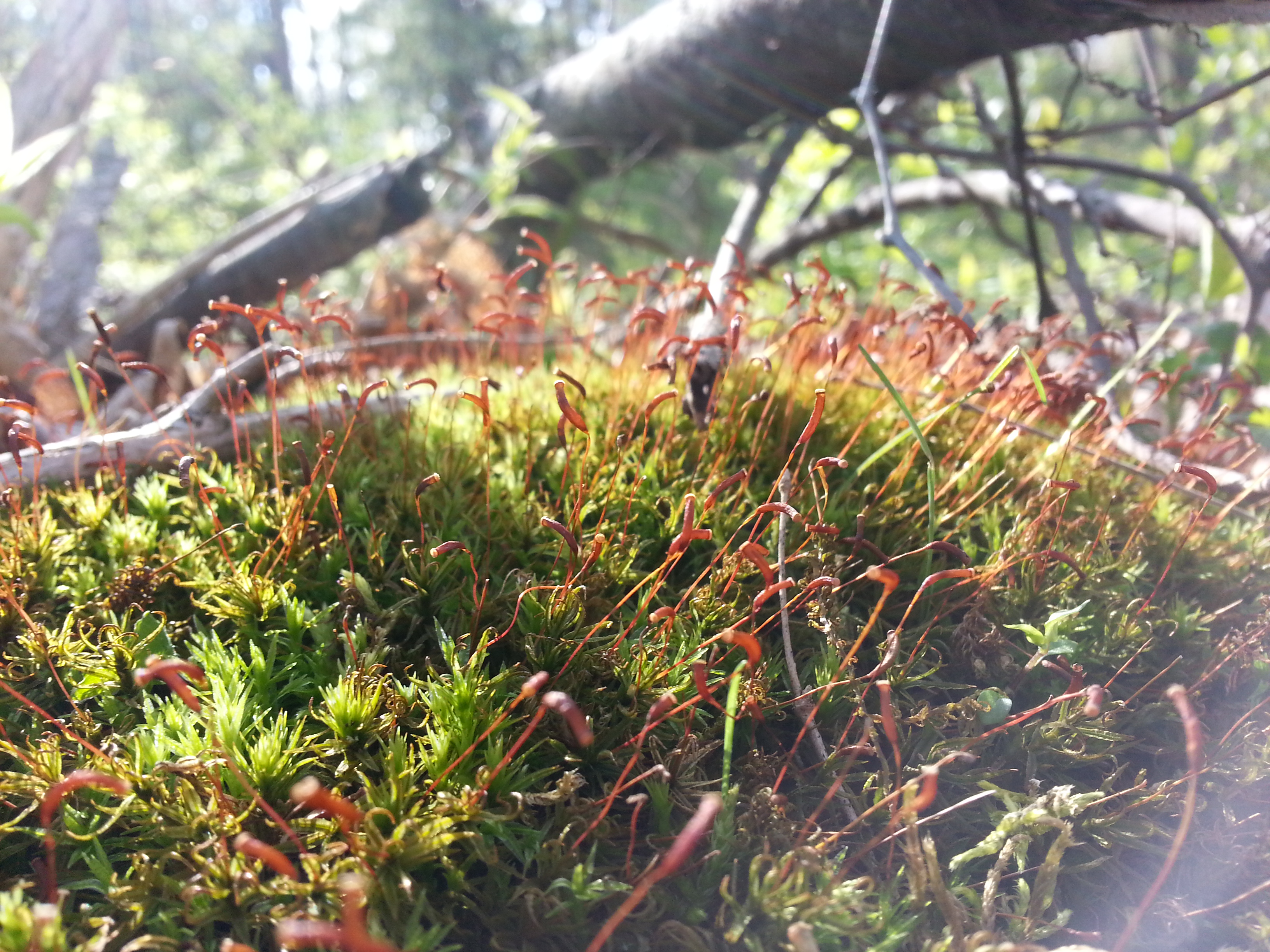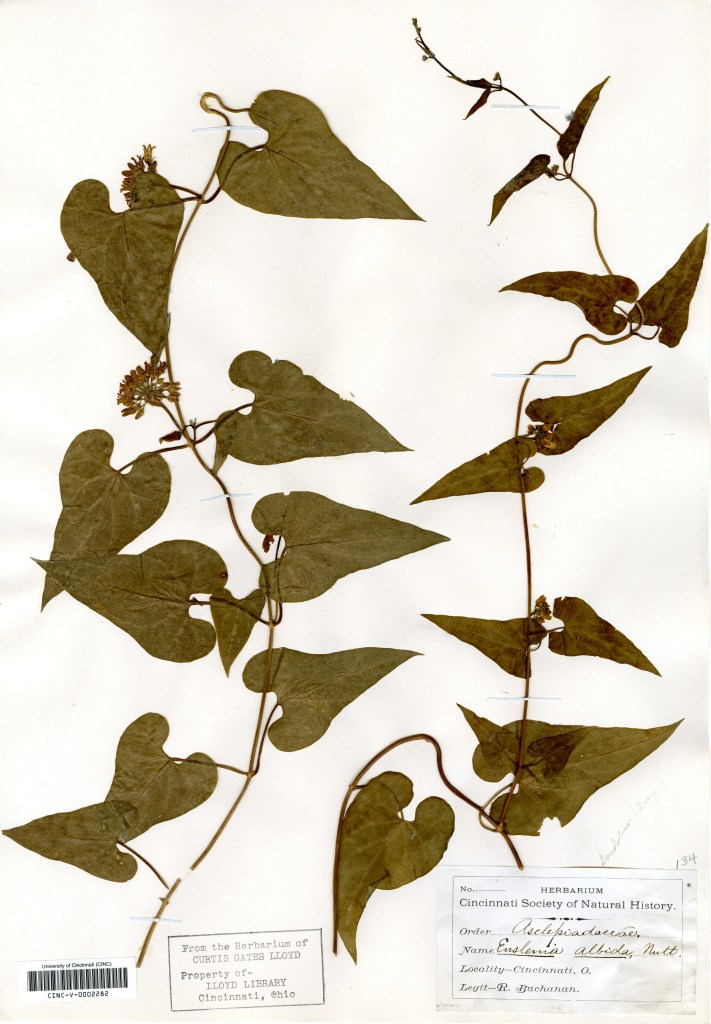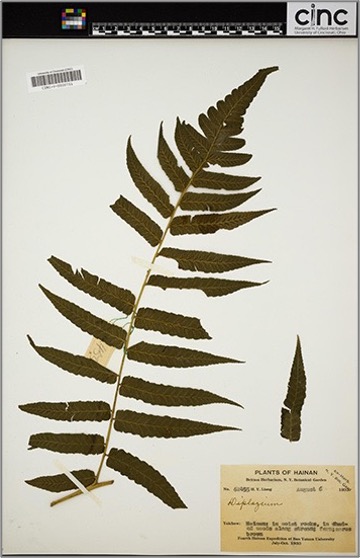
Margaret H. Fulford Herbarium at the University of Cincinnati
Founded in 1927, The Margaret H. Fulford Herbarium at the University of Cincinnati (CINC) is the third largest of Ohio’s 17 herbaria. Our collection contains an estimated 118,500 specimens.
Our Collection

Historical collections of Cincinnati’s vascular flora, a world class collection of non-vascular plants, and more!

What is an herbarium?
A herbarium is a natural history collection of dried, pressed plants. Vascular plants are adhered with glue to a 16.5” x 11″ acid-free sheet of paper. A label with the identification of the plant, and the location and date at which it was collected, is attached to the sheet. Non-vascular plants, such as bryophytes, lichens, and fungi are stored in boxes or packets rather than mounted. These also include a label with the same data. Specimens are stored within filing cabinets in a temperature controlled room.
Why are herbaria important?
Natural history collections are integral to our understanding of the natural world. Collections, such as those existing in herbaria, are records of the past and references for those studying taxonomy and biodiversity. These collections are valuable resources for scientists to solve issues that are becoming increasingly pressing such as pollution and invasive species.

If you are interested in volunteering please contact us!
Herbarium: 615E Rieveschl Hall University of Cincinnati
Mailing: University of Cincinnati Department of Biological Sciences 614 Rieveschl Hall Cinncinati OH 45221
herbarium@ucmail.uc.edu
(513) 556-9700
Proudly powered by WordPress

